
Navigating the realm of audio cables can be difficult, especially when faced with terms like TS, TRS, and TRRS. What do these peculiar terms mean? And do they make a difference in transmitting your audio signal? In this article, we’ll dissect the differences among these connectors, shedding light on how each is tailored to carry specific types of audio signals. 👇
TS vs TRS vs TRRS Audio Cables
What do TS, TRS, and TRRS stand for?
TS, TRS, and TRRS are acronyms representing the sections on a ¼-inch or 3.5mm cable connector: Tip, Ring, and Sleeve. These sections facilitate additional connections between the source and destination of your audio, contributing to the versatility of your audio cables.
Decoding the Alphabet: TS, TRS, and TRRS Explained
TS, TRS, and TRRS configurations may sound like a secret code, but breaking it down reveals their purpose in the audio world. First and foremost, let’s find out what a complete electrical circuit is and what types of signals can these type of cables transmit.
How does a cable form a complete electrical circuit?
For a cable to transmit a signal effectively, it must establish a complete electrical circuit between the source and destination. This entails connecting each section of the connector to a conductive pathway within the cable.
What types of signals can these connectors transmit?
The unique configurations of TS, TRS, and TRRS connectors impart the ability to transmit different signals, including:
– balanced or unbalanced (click on the link to find out more)
– mono or stereo
– bi-directional signals
- TS type cable
- TRS type cable
- TRRS type cable
Anatomy of TS, TRS, TRRS Audio Connectors
Before delving into the difference between TS, TRS and TRRS type cable, let’s look at a the different sizing of these cables.
Size:
- A 1/4″ cable (also known as a quarter-inch cable) has a diameter of 6.35mm.
- A 3.5mm cable, often referred to as a mini-jack, has a diameter of 3.5mm.
- 1/4″ Jack
- 3.5mm Mini Jack
TS vs TRS vs TRRS Audio Cables:
TS Audio connector (Tip – Sleeve)
What applications do ¼-inch TS connectors have?
Starting with TS connectors, where TS stands for Tip-Sleeve.
TS cables are generally used for mono, unbalanced signals. These are most commonly used with electric guitars, bass, keyboards and guitar pedals.
Instrument cables carry unbalanced signals, while speaker cables, despite their similar appearance, consist of two identical wires with no shield.
👉To find out more TS Audio cables 👈
Are 3.5mm TS connectors common?
They are actually rather rare, but apart from consumer microphones and infrared controllers, we musicians often find them in Eurorack modular synthesizer systems.
TRS Audio Connectors (Tip-Ring-Sleeve)
Next on the agenda is the TRS connector, where TRS stands for Tip-Ring-Sleeve.
What are ¼-inch TRS cables commonly used for?
With three sections, ¼-inch TRS cables are often employed to carry balanced signals, comprising two signal wires and a shield.
They are commonly used in scenarios where a balanced signal is essential such as microphones.
Signals produced by microphones, for example are almost always balanced, as they have a moderately low output level and are thus vulnerable to external noises
👉To find out more TRS Audio cables 👈
How do 3.5mm TRS cables differ from their 1/4-inch counterparts?
In the realm of 3.5mm TRS cables, stereo signals take the spotlight, carrying both left and right signals.
The Tip and Ring handle left and right signals, while the sleeve completes the circuit, resulting in an unbalanced signal.
TRRS Audio Connectors (Tip-Ring-Ring-Sleeve)
Our final destination is the TRRS connector, denoting Tip-Ring-Ring-Sleeve.
What are 3.5mm TRRS cables commonly used for?
TRRS cables serve a dual purpose, accommodating both balanced and unbalanced signals.
This type of connection is commonly found on the headphone jacks of smartphones. It facilitates the transmission of stereo left and right audio signals, along with a dedicated channel for microphone input, making it ideal for handling both audio playback and voice communication.
👉To find out more TRRS Audio cables 👈
Is it possible to extend a TRRS cable?
To extend headphone cables with TRRS connectors, consider options like the 3.5mm TRRS headphone extension cable.
Looking for a specific cable? CABLEGUY is here for you!
Have you ever wanted to have your own personalised cable? A cable that is long enough for your 100 square meter studio? Or maybe a little tiny cable that can fit in your bedroom studio? Look no further!
Now with CABLEGUY you can search for cables compatible with your instruments easily and conveniently. You can select connectors, color, material, length, price and manufacturer all in a simple click!
👉 To find out more about CABLEGUY👈
Feedback: TS vs TRS vs TRRS Audio Cables
Armed with this knowledge, you can confidently decipher the distinctions between TS, TRS, and TRRS audio cables. Whether you’re immersed in music production, content creation or simply seeking the right cable for your headphones, understanding these connectors will undoubtedly enhance your audio experience and make life easy for you!
2 comments
Leave a Reply
You are currently viewing a placeholder content from Facebook. To access the actual content, click the button below. Please note that doing so will share data with third-party providers.
More InformationYou are currently viewing a placeholder content from Instagram. To access the actual content, click the button below. Please note that doing so will share data with third-party providers.
More InformationYou are currently viewing a placeholder content from X. To access the actual content, click the button below. Please note that doing so will share data with third-party providers.
More Information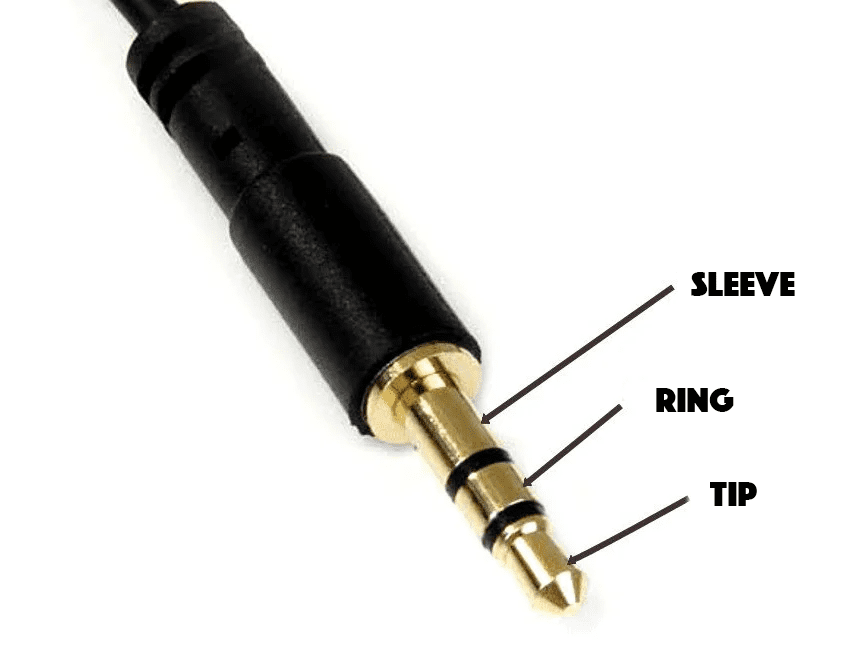


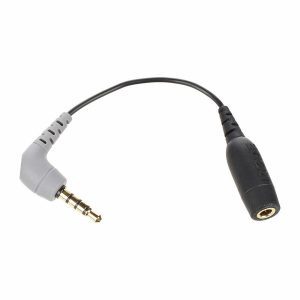


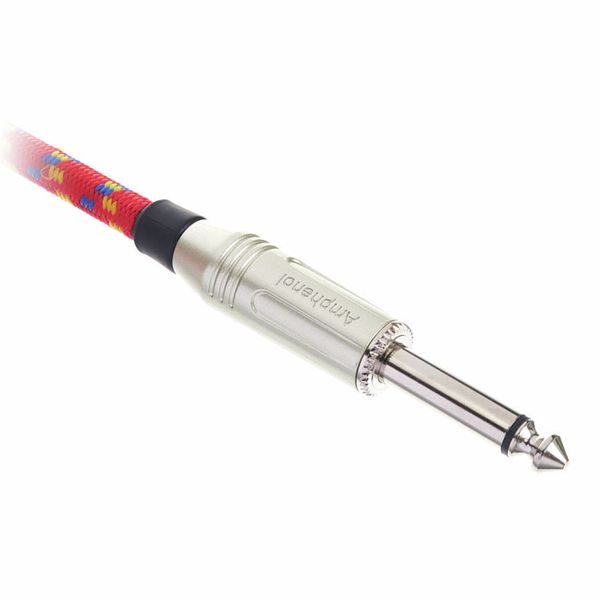
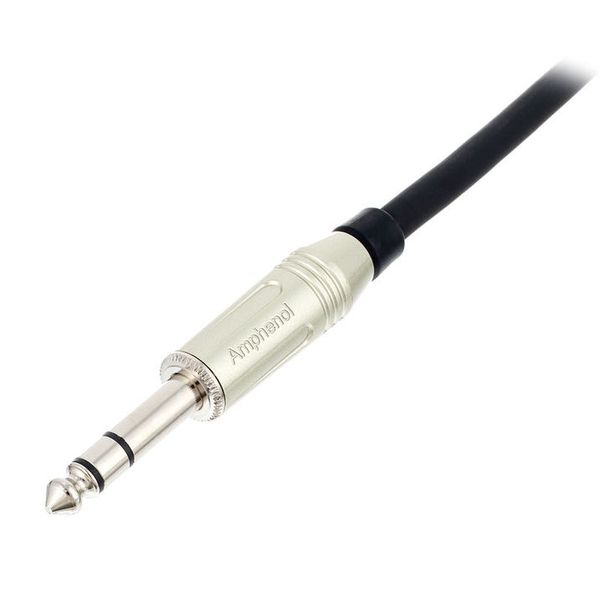

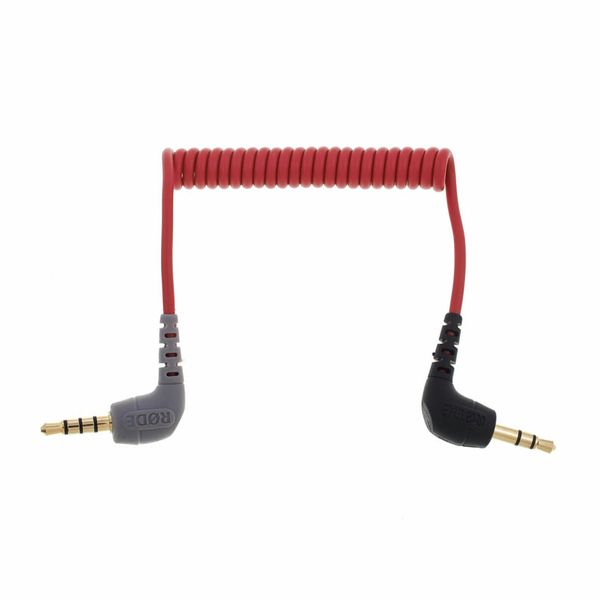
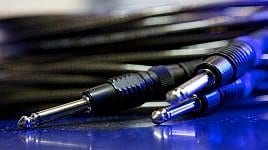





Michael C says:
Okay, cool. Thank you so much, I appreciate your explanation that is clear, to the point, without either extreme that is so prevalent in today’s world. The extremes being either trying to show off with big words that weren’t necessary or the other being talking down to your audience almost as if you were reading something from Mister Rogers: “Can you say a u d i o ? Sure, I thought you could.” Not knocking Mr Rogers, but time and place.
Speaking of, I am curious about the TRRS 3.5mm jack and some surround sound from a sound card, I am sorry, that was a while ago but I always wondered. I think that it was the one that went to the color-coded sound card jacks and cable ends, the black one, anyway. I think it was the one that could be used for the front L and R speakers and the center (since the pink was microphone? or green?) but my question is this: is the TRRS in this case, covering the center speaker in place of what the microphone would have been? I had an 8-ch X-Fi from Creative Sound but my speakers were only 5.1 at the time.
William Sheridan says:
I have a keyboard that have stereo balanced outputs. I have a “Y connector” with a TRRS male plug for the phone insertion and two female connectors, one labeled headphones and one labeled microphone.
I don’t need to use the headphone jack because I can use my keyboard headphone jack for monitoring.
I think because it’s a balanced output it will not work properly with my phone containing The 4 Track app. it will not work with my camera nor with my default recorder on my phone. it will not disconnect the internal microphone and connect my keyboard to the app.
Do you have a solution for my problem?
Thank you!